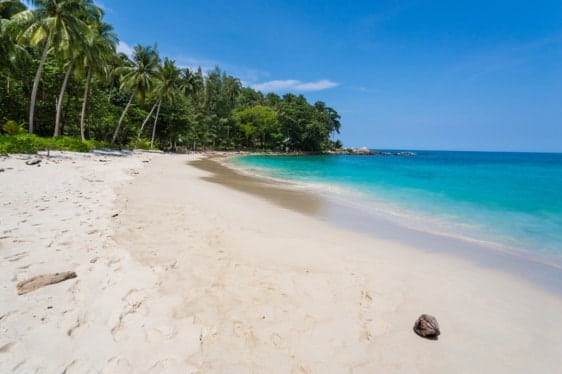Mauritius makes for a knockout family beach holiday: south of the equator in the balmy Indian Ocean, protected by coral reefs and ringed with over 150km of pure white sands.
It’s also a natural adventure playground covered in mountains and forests, where even the shortest road trips are dotted with historic sights and tall tales – though sometimes as true as they are fantastic. Dozens of towns and villages, from the north to the south, mix up traditional Creole culture with resort-style fun. And the multicultural island also cooks with a passion and has a reputation for hospitality that’s as warm and welcoming as the weather.
There are direct flights year-round from London Gatwick to Seewoosagur Ramgoolam Airport in Mauritius.
December to February is summer season in Mauritius, with temperatures up to 33°C and fantastic conditions for snorkelling and diving. March to April and October to November have temperatures between 18°C and 25°C, but are considered off-season, so costs are lower for flights and accommodation.
A biodiverse marine environment rewards visitors with regular sightings of whales and dolphins off the coast, and the coral reefs are home to a huge number of colourful, strange and wonderful tropical fish. There are several excellent dive schools on the island, and even snorkelling in shallower waters brings kids into close contact with fascinating sea creatures.
Mauritius balances authentic island atmosphere with beachy fun, mixes holiday resorts with traditional towns and villages, protects a stunning natural environment and has a wide choice of accommodation, from cute guesthouses to luxurious Indian Ocean hotels.
Mauritius was the only known habitat of the Dodo before it was driven to extinction in the 17th century. Today’s island makes up for past eco-errors by nurturing several rare species of birds, including the Mauritius Kestrel.
A biodiverse marine environment rewards visitors with regular sightings of whales and dolphins off the coast, and the coral reefs are home to a huge number of colourful, strange and wonderful tropical fish. There are several excellent dive schools on the island, and even snorkelling in shallower waters brings kids into close contact with fascinating sea creatures.
With its rich history, Creole heritage and unique natural environment, Mauritius is an effortless learning experience for kids.

Port Louis
Apart from the most rugged parts of the island interior, Mauritius is easy to explore by road, and self-drive is the option most families choose. Bike hire is inexpensive and widely available, and there are many safe, quiet and well-signposted cycle routes.
[custom_element type=”find_hotel”]